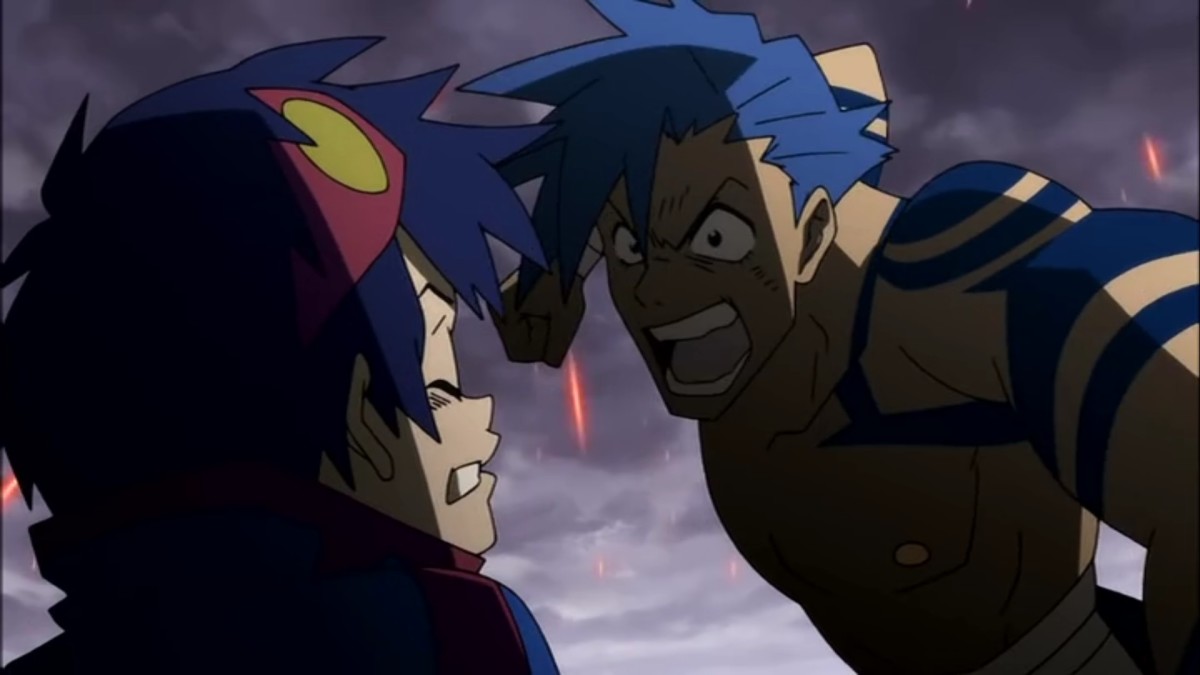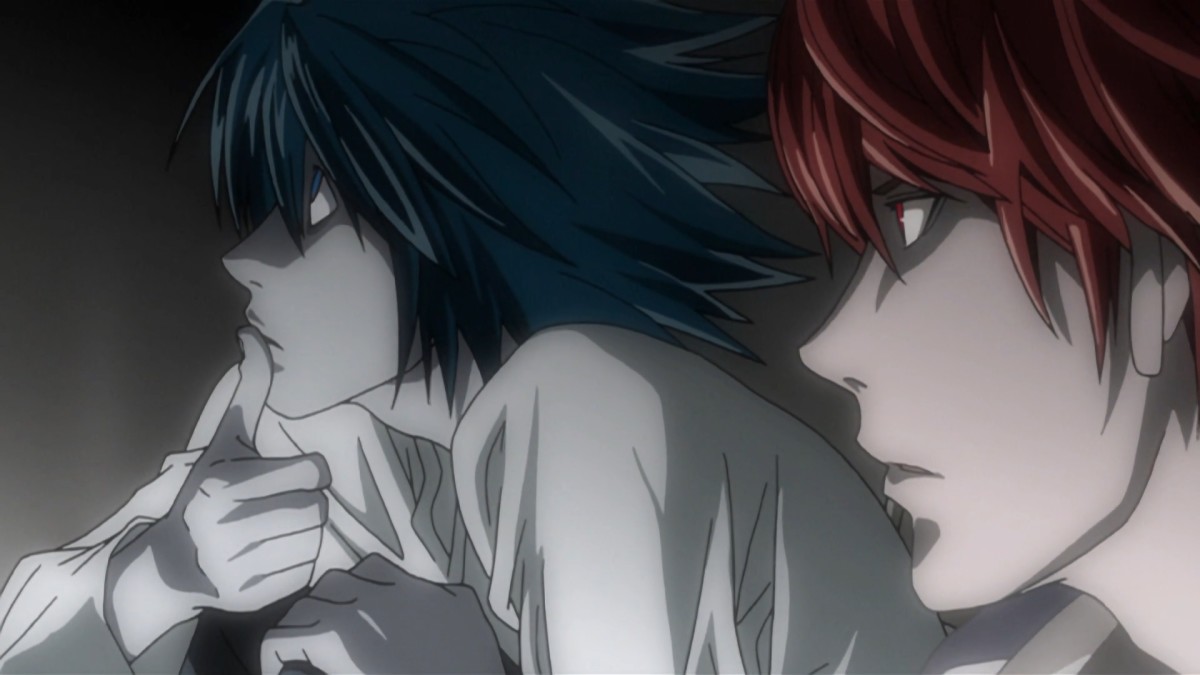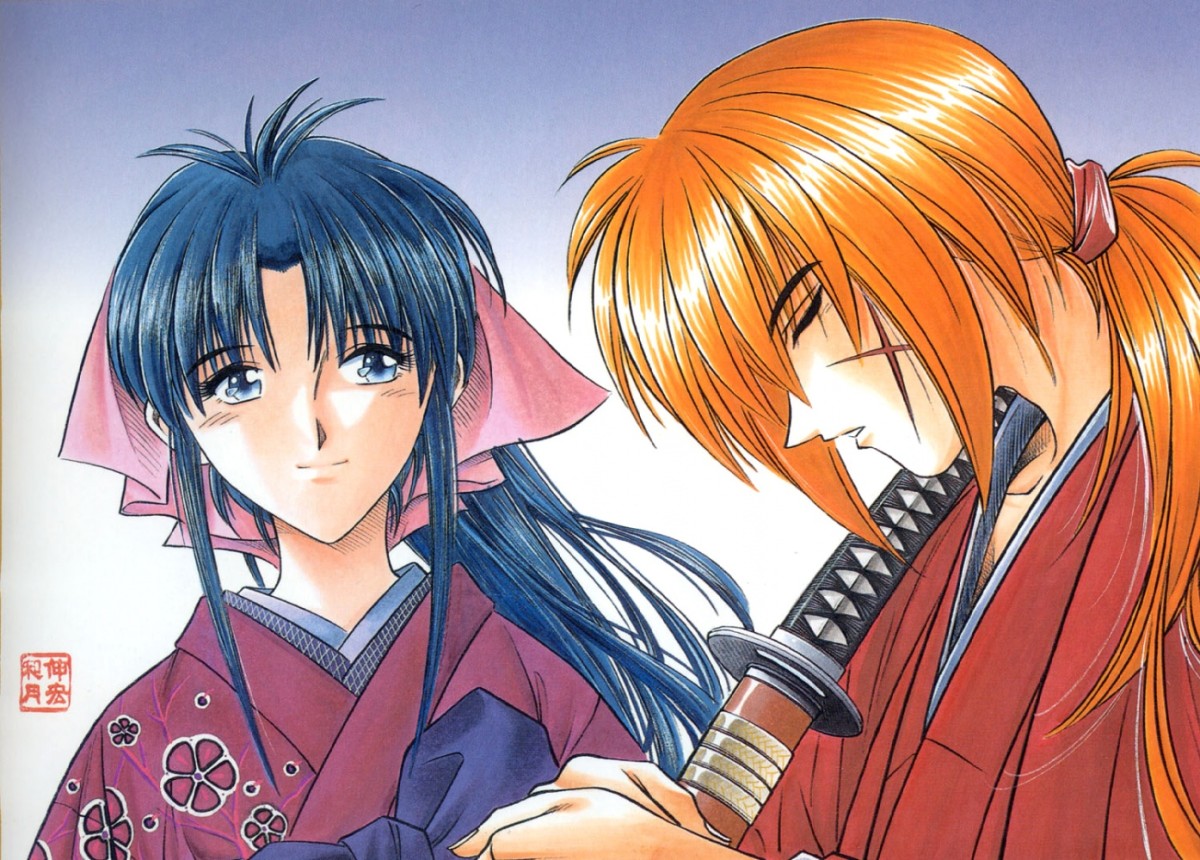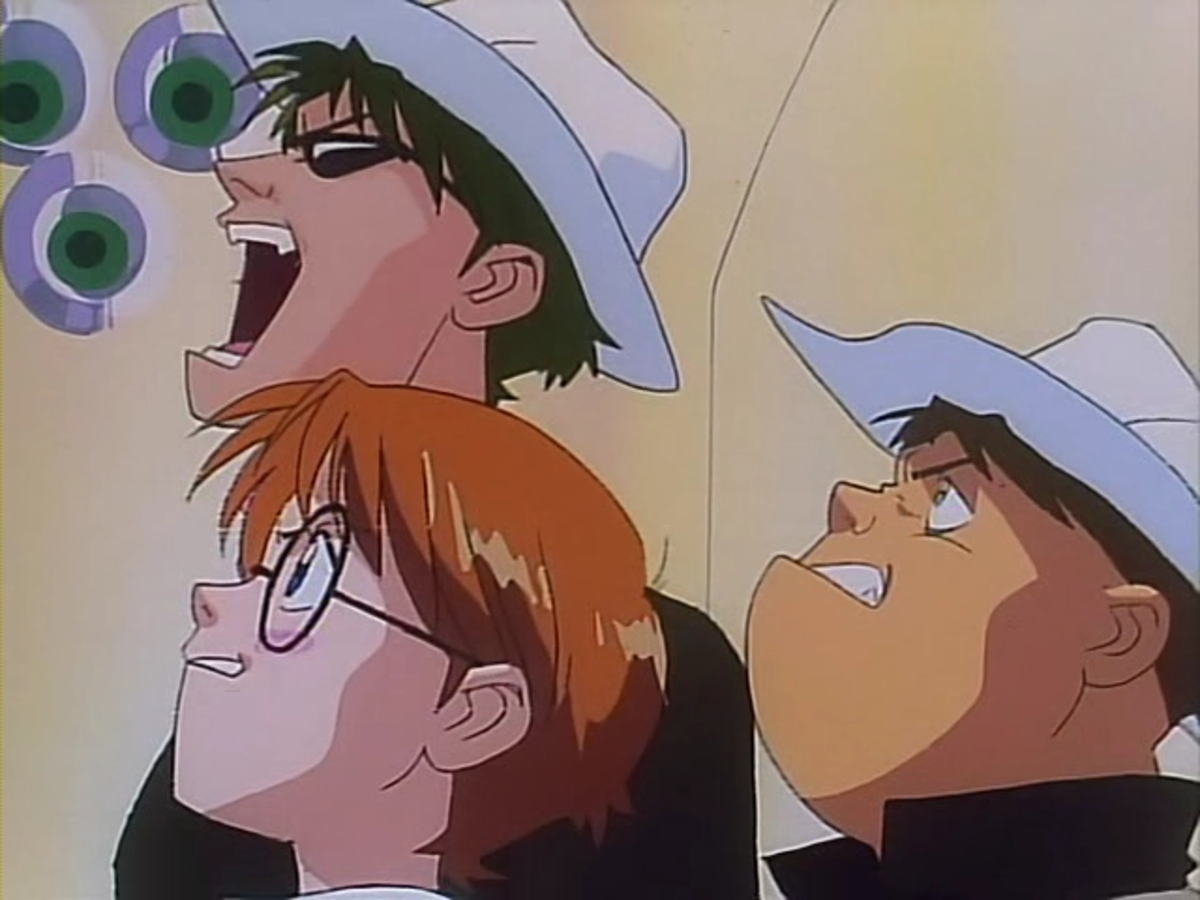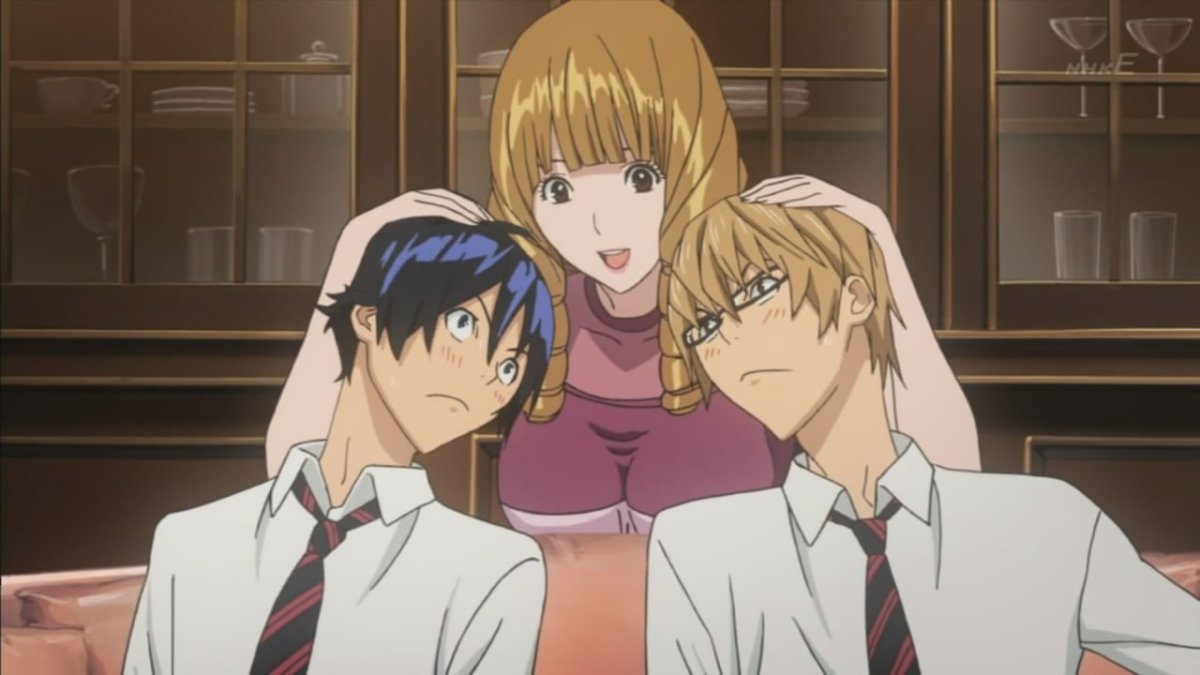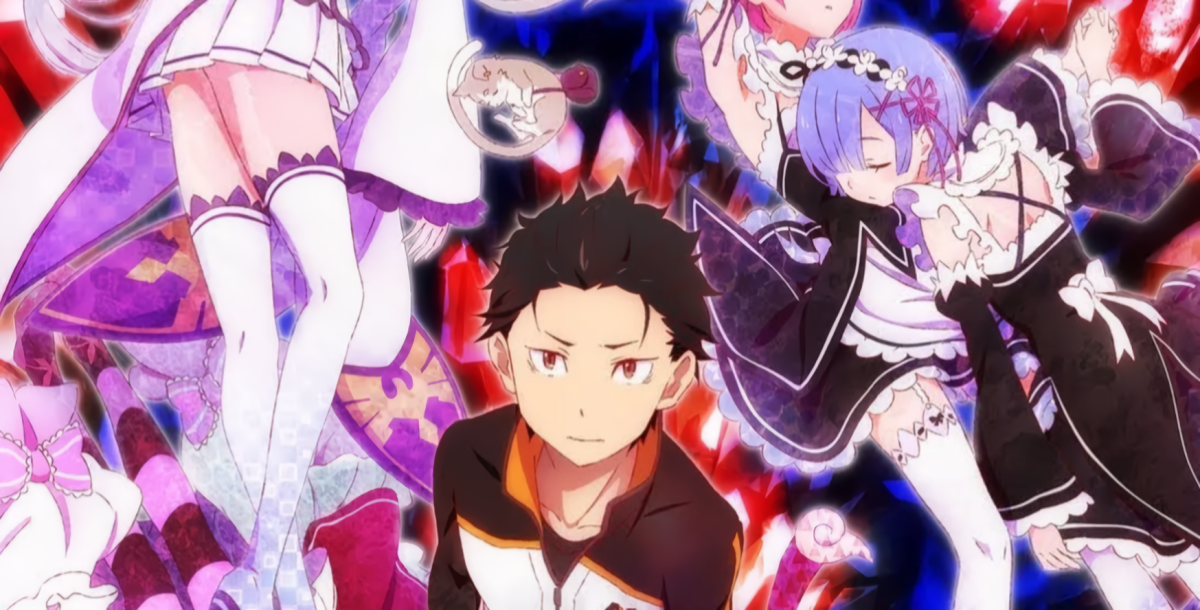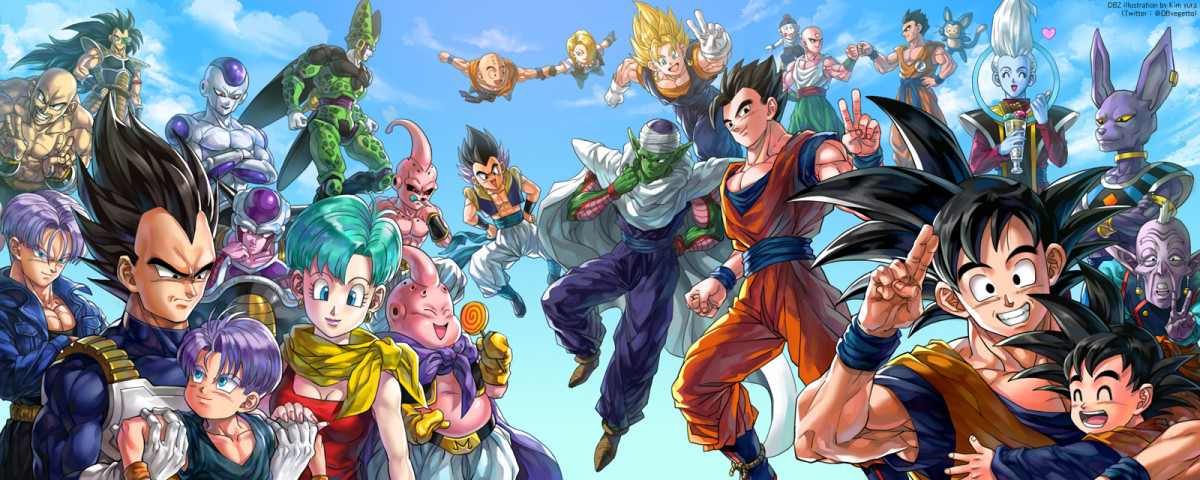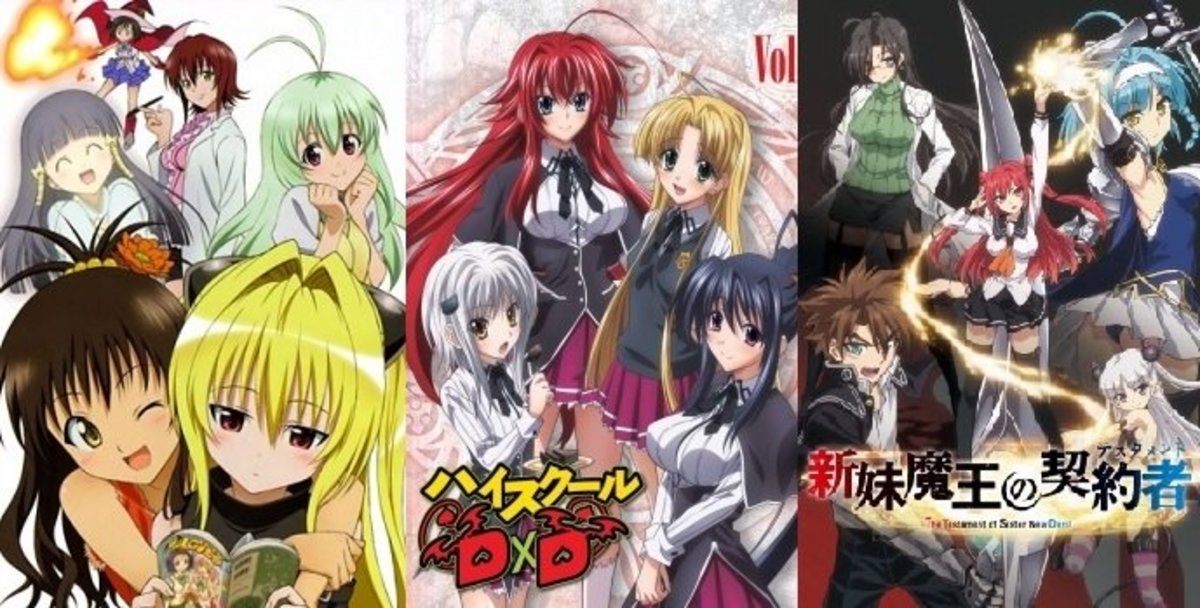Anime Reviews: Now and Then, Here and There
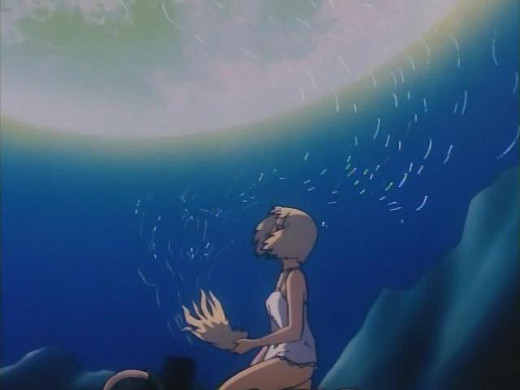
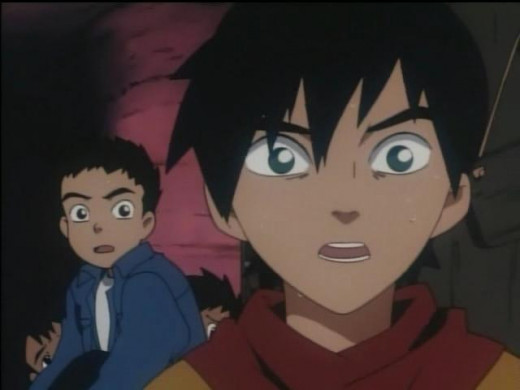
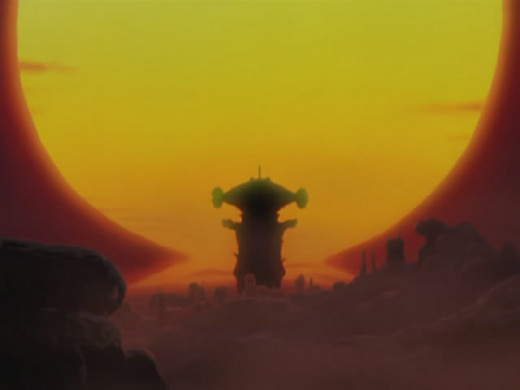
Deceptive first episode aside, Now and Then, Here and There is a harrowing and powerful observation on war and how it affects the human spirit.
Title: Now and Then, Here and There a.k.a. Ima Soko ni Iru Boku
Genre: Action/Drama
Production: AIC
Series Length: 13 episodes
Air Dates: 10/14/1999 to 1/20/2000
Age Rating: 17+ (strong violence, extremely dark thematic elements, suggestive content)
Summary: Shuzo Matsutani, or Shu for short, is a bright and optimistic teenage boy with a passion for kendo. And sadly, passion is all he has, because he loses the match that would determine if he asks out the girl he likes. "Oh well," he says, "there's always next time!" On the way home from the match, he spots a strange, blue-haired girl sitting atop the smokestacks of an abandoned building, and he decides to see who she is. This quiet and mysterious girl who watches the sunset goes by the name Lala Ru, but before their conversation can really take off, they are interrupted by unwelcome guests--soldiers from another world riding on mechanical serpents, with orders to capture Lala Ru. Being the good guy he is, Shu attempts to save her, but finds himself transported, along with the others, to a hellish and barren world.
The Good: Damn near everything
The Bad: The ending is a tad sudden; simple artwork will distract some viewers
The Ugly: Everything about the world Shu finds himself in
Beginning as I always do, with an anecdote about how I discovered the series, I should mention that I came across this anime on a whim, because I found half of the series (episodes 6 through 13) on two VHS back in 2004 for $2 each. I knew I was missing a good chunk of the series, but I decided to jump right in anyway. What was the first thing I saw? Intense and violent horror. Eyes and mouth firmly agape, I knew right away I was in for something special. Six years later, I'd buy the whole series on DVD (and you should, too) because I had to own the whole thing. That's right. In all technicality, I own 2 separate copies of this anime, and that fact makes me giddy.
Man, where can I even begin with Now and Then, Here and There? I guess I'll start with the visuals, because most first impressions are based on appearances. The character artwork is simple yet appealing, while the backgrounds are beyond gorgeous. The character designs are quite deceptive, however, because they hint at the series being a light action/adventure, when in reality, it's anything but; if you pay attention, you'll notice that the art does reflect this, with many scenes being cast in dark shadows or intense reds. As far as the animation goes, it's generally quite fluid and smooth, with some impressive sequences all throughout. For the most part, NTHT is very pleasing to the eyes, even though your brain will be taken aback by the contrast between the art style and the dark material it overlays.
In the audio department also, NTHT doesn't fail to impress. The music is a joy to listen to, whether it's a calm scene ("Standing in the Sunset Glow") or an intense action scene ("Tumbling"). Composer Taku Iwasaki creates a unique soundtrack that, along with the aforementioned, covers all the bases perfectly. We're also treated to an upbeat opening theme ("Ima Soko ni Iru Boku") and an achingly beautiful ending ("Ko Mamori Uta") to bookend each episode. Now, let's move onto the voice acting before I end up listening to the entire soundtrack again.
As you would expect, the original Japanese version is spectacular, with powerful performances from everyone. The English dub is pretty good, too, although Shu (played by Ed Paul) and rival-soldier Tabool (played by our lord and savior, Crispin Freeman) are horribly miscast and sound nothing like the 14-15 year old kids they're playing. Now, their acting isn't bad, but they just don't sound right in those roles. On the flip side, Lisa Ortiz gives a great performance as Lala Ru, emphasizing her distant and vulnerable personality, while Jack Taylor surpasses Koji Ishii as the insane King Hamdo, making an already intimidating and unpredictable character even more intensely intimidating and unpredictable.
While NTHT succeeds on the technical side of things, does it hold up in terms of its story and characters? It's a long and complex subject, but the answer is yes. Our main character, Shu, is very much like The Shawshank Redemption's Andy Dufresne, because he always maintains a positive attitude even during his darkest hours--constantly serving as the series' shining beacon of hope. Lala Ru serves as a foil to Shu's optimism, because she's seen the evils that men do, and now languishes in a perpetual state of cynical despair. The other characters all have their viewpoints and foils and may act as parallels or foils to other characters, creating a rich diversity among the cast, and I can guarantee that you will find someone you can relate to.
The story itself, allegedly inspired by the guerrilla wars fought in Africa, explores many of the horrors of war when children become forcibly involved, as well as other lovely subjects like genocide, rape, assassination, and social Darwinism gone horribly awry (sweet dreams, kids!). We also get some insight into man's relationship with nature, the concept and deconstruction of what it means to be a parent, activism vs. pacifism and the downsides of both, and the list just goes on. Within these 13 episodes, you'll find yourself questioning everything you know about these kinds of subjects, and to me, that's the trademark of a great story, anime or otherwise.
So now, with all that said, "nothing is perfect," yada yada. What's the problem this time, you ask? Very, very little. Little, nitpick-y things. First, the ending is just a bit sudden. Blink, and you'll miss it, basically. I would've loved for the final episode to have another minute or two to show us how it all turns out, but I'm still pretty okay with the ending we got. At least it still gets the job done. Also, as I mentioned way earlier, the character art clashes harshly with the events of the story; in fact, there's so great a disconnect that some viewers could find it difficult to get into the story at all. I would normally call that a personal problem, but I've seen it happen, so it is an issue.
And that's about it, really. I really had to struggle to think of anything wrong with the series, because it's just that good. With so many powerful subjects crammed into such a small series, having great visuals and music is just icing on this perfectly-crafted cake, and you have no reason not to partake. If you've been looking for an anime that has more depth than the usual fare, or if you're just new to anime and want to see something off the beaten path, then this is the title for you. Just be warned ahead of time that, while it doesn't go full-out R-rating on us, sensitive subjects do not get glossed over, and you'll have to confront them head-on like the protagonists do. So just be ready for it.
Final Score: 10 out of 10. Now and Then, Here and There tackles many difficult subjects that have brought other anime to ruin, and it handles them all competently while offering a satisfying story to boot.

